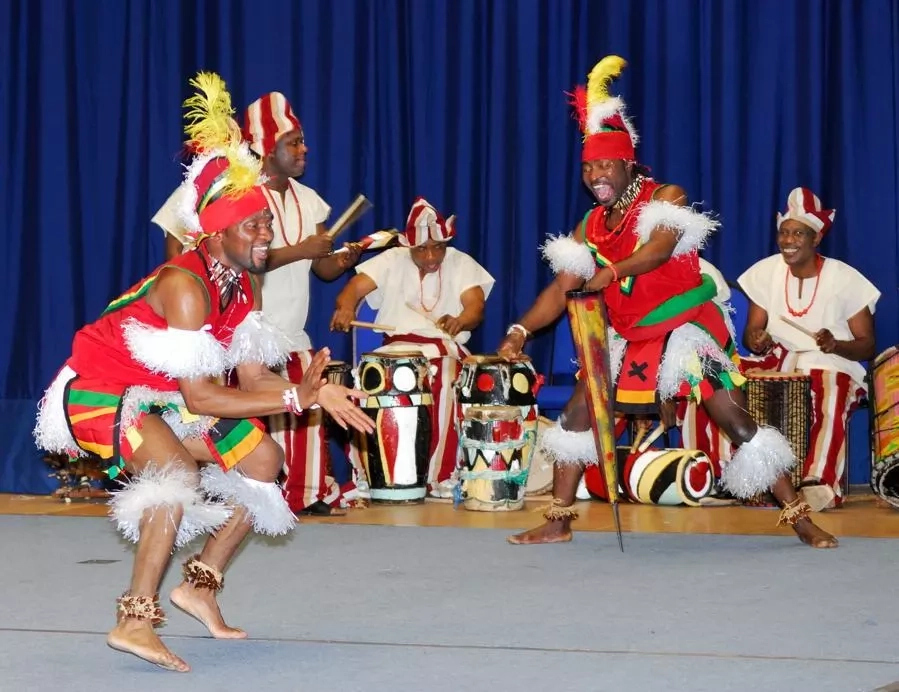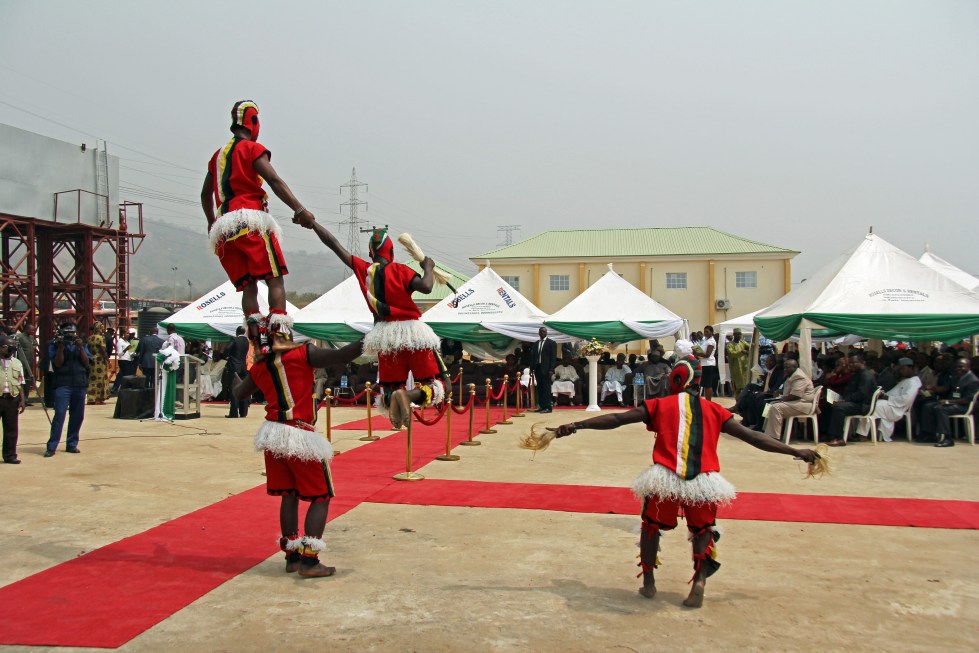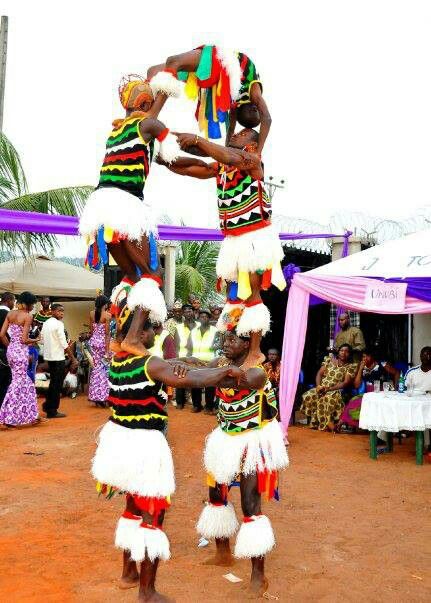Atilogwu Dance
Dance is an important part of Nigerian culture. Our traditional dances are as diverse as our people and cultures around the country. Different dances are used for different occasions; the traditional dances displayed at festivals are different from other ceremonial occasions.
Some traditional dances have very powerful moves, requiring a lot of energy and acrobatic skills, reasons why such dances are reserved for the young people in the community. Others are more elegant majestic, slow and flowing with rhythm.
Dances are used to express various emotions. Dancers use symbolic gestures, masks, costumes, body painting, and traditional props.
There are many dances associated with each tribe in Nigeria. Today, we would be exploring the Atilogwu dance of the Igbo people. Atilogwu is the most popular, widely performed, and one of the oldest of all the traditional dances in Igbo land.

‘Atilogwu’ literally means ‘Is this magic’? The origin of the name can be traced back to the initial performances of the dance. Spectators and onlookers were so astonished at the powerful skills and techniques of the vibrant Atilogwu dancers and asked if the dance moves were performed by magic. The Atilogwu dance is that captivating.
Read also: Alok Ikom Stone Monoliths
Atilogwu dance is a compelling dance that involves vigorous body movements and a lot of acrobatics. Many dancers learn from childhood to maturity as the dance skills take several years to be mastered. Only agile youths can perform the Atilogwu dance because of its energy-sapping moves, stunts and rigorous training. It involves high jumps, flips, twisting, climbing and falling from a human tree (formed by the members of the group). Atilogwu is performed by five to six people.

Atilogwu is a fusion of five dances – Anam, Ogwulogwu, Anaku, Ochanja, and Adunjaja. For others, it is a combination of Mgbaga, Ogwulogwu, Otiokpokpo, Ochufulu, and Egwu-Igba. Atilogwu dominates other dances in Igbo land because of its magnificent rhythms and physical acrobatic movements formed from elaborations and modifications of the dances.

The performance of the Atilogwu dance is accompanied and enhanced by traditional musical instruments such as drums, Opi (a flute-like instrument), Ogene (a metal gong) and Ichaka (a beaded gourd), which all adds groove to the elaborate dance. The beat of the drum and Ogene dictates the tempo of the dance and sets a rhythm to the music.
The Atilogwu dance is performed on important occasions such as marriages, festivals, coronations and other important celebrations that involve the participation of the community. It remains one of the oldest and most popular traditional dances in Nigeria.
Have you ever seen a live or video performance of the Atilogwu dance? How was the experience?
Check out a performance of this iconic dance below and let us know what you think.
